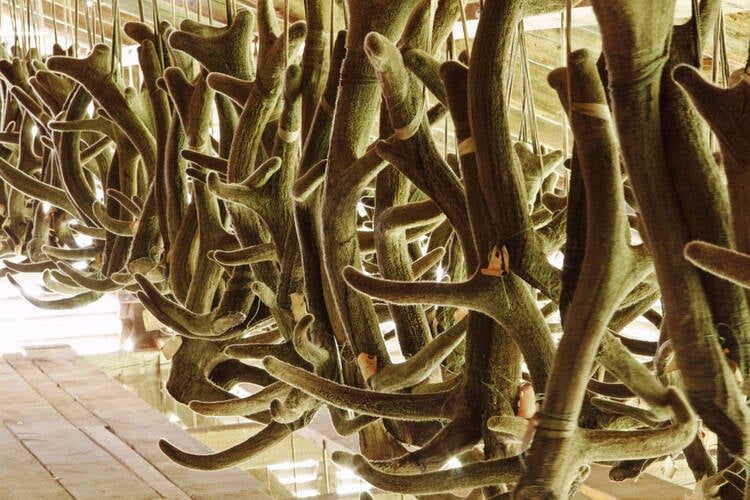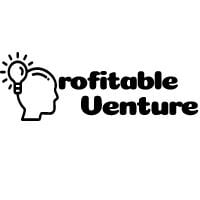
To start a deer processing business, you should budget between $10,000 and $100,000 to cover expenses such as equipment, facility setup, licensing, refrigeration, and labor.
Costs will vary significantly based on location, business size, your processing capacity, the type of equipment you choose, facility standards, local regulations and whether you are purchasing or leasing space.
Careful financial planning, along with exploring funding options like small business loans, grants, or investor support, is essential for a successful launch.
Factors That Influence the Cost of Starting a Deer Processing Business
-
Location
Urban or high-demand hunting regions may have higher property or rental costs, utility rates, and permit fees.
Rural areas, while cheaper, might lack infrastructure or be farther from your customer base.
In addition, local zoning laws, waste disposal regulations, and community health codes vary by region, which can affect your startup expenses.
You may also need to invest more in marketing if you’re located in a less-populated area to attract a steady flow of clients during deer season.
-
Facility Size and Condition
Leasing a small space in good condition can reduce your upfront renovation costs, while purchasing or building a facility may require major investments in construction, plumbing, electrical upgrades, and insulation.
A larger facility might be needed if you plan to process a high volume of deer or offer additional services such as sausage making or vacuum sealing.
Don’t forget to factor in utility expenses, such as water and electricity, which will scale with the size of your facility.
-
Equipment Needs
Essential items include meat saws, grinders, cutting tables, freezers, vacuum sealers, scales, and packaging machines.
New commercial-grade equipment is more expensive but tends to be more durable and efficient, while used equipment can lower initial costs but may require more maintenance.
You will also need proper sanitation supplies, safety gear, and possibly specialized tools for value-added services like sausage stuffing or jerky making.
-
Licensing and Permits
Before you can legally operate, you will need to obtain various licenses and permits, which come with application fees and annual renewals.
Requirements may include a state meat processing license, health department approval, zoning permits, waste disposal permits, and possibly USDA inspection if you expand to include farm-raised animals.
The costs and complexity of these permits vary by state and municipality. You may also need to pay for facility inspections and submit detailed operational plans.
Budgeting for both initial and recurring regulatory expenses is vital to stay compliant and avoid costly penalties.
-
Staffing Requirements
If you plan to hire employees, labor costs will make up a substantial part of your operating expenses.
This includes wages, payroll taxes, workers’ compensation, and potential benefits.
You may need skilled butchers or processors, front desk staff for customer service, and cleaners to maintain sanitation standards.
Training new employees, especially for food safety protocols, adds to the cost.
Even if you start as a solo operator, you will likely need help during peak hunting seasons.
-
Waste Disposal and Sanitation
Deer processing generates a large volume of waste, including bones, hides, and inedible parts.
Proper disposal is not only required by law but is also crucial to maintaining hygiene and avoiding fines.
Costs may include contracting with licensed rendering or waste removal services, investing in dumpsters or composting systems, and installing sanitation stations.
You will also need cleaning supplies, disinfectants, and possibly a pressure washer or drainage system.
-
Utility Costs
Utilities such as electricity, water, and refrigeration are essential to keep your deer processing business running efficiently.
You will need consistent power for your coolers, freezers, saws, and lights, especially during high-demand periods.
Water is used frequently for cleaning and sanitation, which can increase your monthly bills.
Some older or rural buildings may require electrical upgrades or plumbing modifications to handle the demand.
Estimating and planning for high utility usage helps you avoid unexpected spikes in operational costs.
-
Marketing and Branding
Attracting hunters and repeat customers requires a solid marketing strategy.
Costs here include logo design, business cards, signage, website development, social media ads, and possibly radio or print advertising during hunting season.
Offering branded packaging or merchandise can enhance your visibility, but it adds to your initial expenses.
If you’re located in a competitive market, a strong launch campaign is critical to gain early traction.
-
Seasonal Demand and Inventory Management
Because deer processing is seasonal, your revenue and expenses will fluctuate throughout the year.
You will need enough capital to cover overhead even during off-peak months.
In addition, you may have to stock up on supplies like packaging materials, seasonings, and cleaning products before hunting season starts.
Managing inventory efficiently prevents shortages or overstock, both of which affect profitability.
You may also want to diversify your services or products (e.g., jerky sales or wild game processing) to generate income year-round, which may increase your initial setup costs.
-
Insurance Coverage
Proper insurance is critical to protect your investment. Depending on your state, you may be required to carry liability insurance, workers’ compensation, property insurance, and product liability coverage.
Premiums will depend on your facility size, number of employees, and type of equipment used.
Some insurance plans also cover theft, fire, or equipment breakdowns, which can be helpful in emergencies.
It’s wise to consult with a business insurance broker who understands food and meat processing businesses to ensure you’re adequately covered from day one.
